SENEGENIN
Synonym(s):12-(Chloromethyl)-2,3-dihydroxy-27-norolean-13-ene-23,28-dioic acid;Tenuigenin
- CAS NO.:2469-34-3
- Empirical Formula: C30H45ClO6
- Molecular Weight: 537.13
- MDL number: MFCD00466906
- SAFETY DATA SHEET (SDS)
- Update Date: 2023-08-22 11:49:44
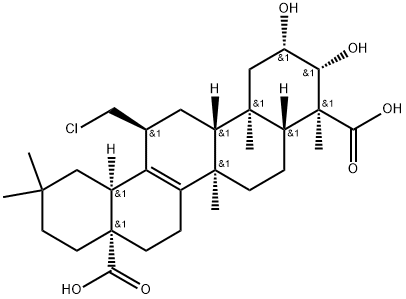
What is SENEGENIN?
Description
Tenuigenin is a triterpenoid sapogenin that has been found in P. tenuifolia and has diverse biological activities, including antioxidant, anti-inflammatory, and neuroprotective properties. It inhibits IL-1β and reactive oxygen species (ROS) production from LPS-induced mouse BV2 microglia at a concentration of 4 μM. Tenuigenin (25 mg/kg per day) decreases NOD-, LRR-, and pyrin domain-containing protein 3 (NLRP3) inflammasome activation and prevents dopaminergic neuronal degeneration in the mouse substantia nigra pars compacta in an MPTP-induced model of Parkinson''s disease. Tenuigenin (2 mg/kg) also reduces increases in lung edema and the levels of IL-1β and TNF-α in bronchoalveolar lavage fluid (BALF) in a mouse model of intranasal S. aureus-induced pneumonia.
The Uses of SENEGENIN
Tenuifgenin is a Chinese herbal extract with anti-oxidative and anti-inflammatory effects involving toxin induced cell models of Parkinson’s disease.
Definition
ChEBI: Senegenin is a 12alpha-hydroxy steroid.
Properties of SENEGENIN
| Melting point: | 290-292℃ |
| Boiling point: | 674.1±55.0 °C(Predicted) |
| alpha | D +19° (c = 0.70 in ethanol) |
| Density | 1.28 |
| storage temp. | 2-8°C |
| solubility | DMSO: soluble10mg/mL, clear |
| form | powder |
| pka | 4.27±0.70(Predicted) |
| color | white to beige |
Safety information for SENEGENIN
| Signal word | Warning |
| Pictogram(s) |
 Exclamation Mark Irritant GHS07 |
| GHS Hazard Statements |
H302:Acute toxicity,oral |
Computed Descriptors for SENEGENIN
New Products
Tert-butyl bis(2-chloroethyl)carbamate (S)-3-Aminobutanenitrile hydrochloride N-Boc-D-alaninol N-BOC-D/L-ALANINOL 3-(2,4-Dimethoxybenzyl)dihydropyrimidine-2,4(1H,3H)-dione 6-Bromo-3-iodo-1-methyl-1H-indazole N-octanoyl benzotriazole 3,4-Dibenzyloxybenzaldehyde 4-Hydrazinobenzoic acid Electrolytic Iron Powder 1,1’-CARBONYLDIIMIDAZOLE R-2-BENZYLOXY PROPIONIC ACID 4-HYDROXY BENZYL ALCOHOL 1,1’-CARBONYLDI (1,2-4 TRIAZOLE) S-2-CHLORO PROPIONIC ACID (2-Hydroxyphenyl)acetonitrile 4-Bromopyrazole 5-BROMO-2CYANO PYRIDINE 5,6-Dimethoxyindanone 5-broMo-2-chloro-N-cyclopentylpyriMidin-4-aMine N-Boc-L-proline methyl ester 2-(BOC-Amino)4-picoline 1-(4-Methylphenylsulfonyl)-1H-1,2,3-benzotriazole 1-(2-Chlorobenzyl)-4-nitro-1H-pyrazoleRelated products of tetrahydrofuran
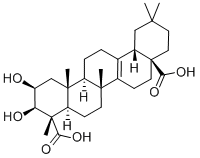
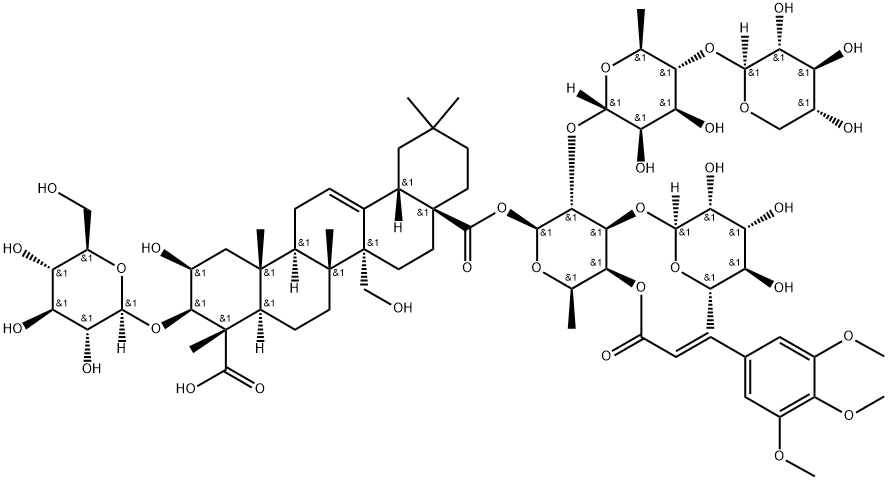
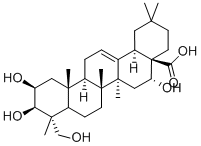
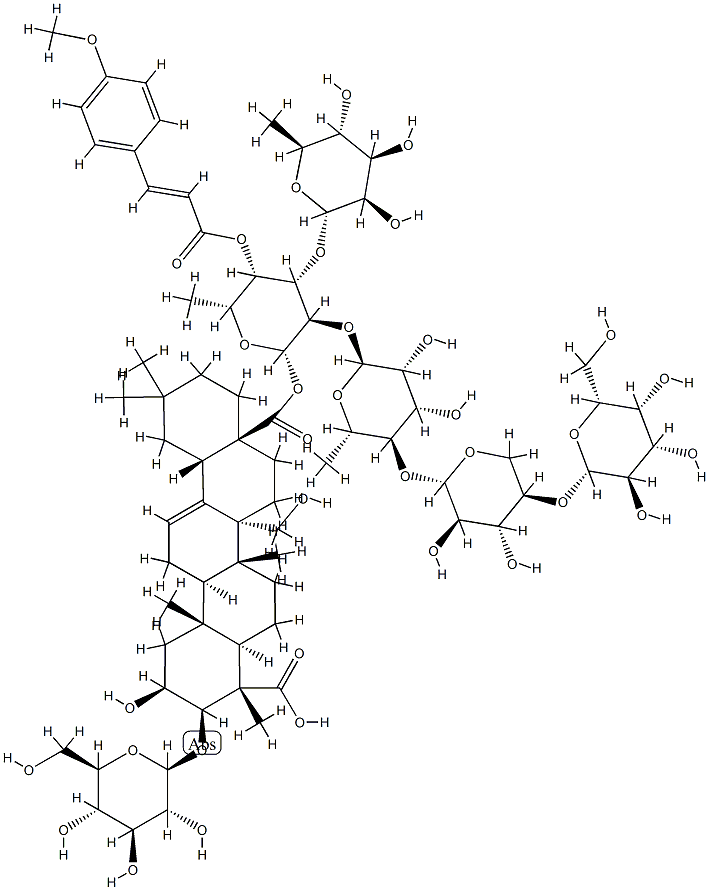
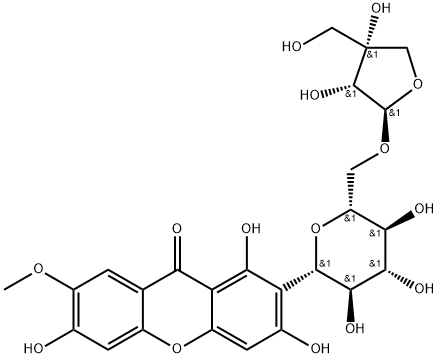
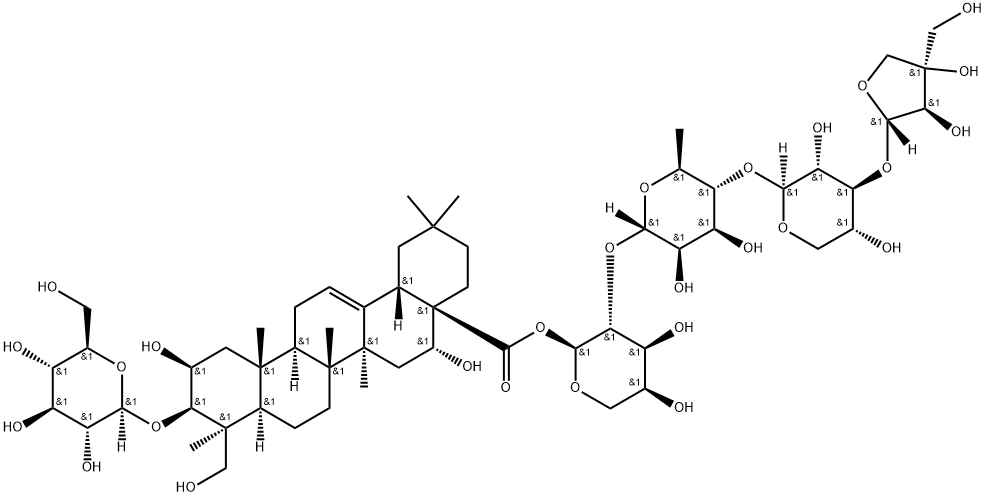
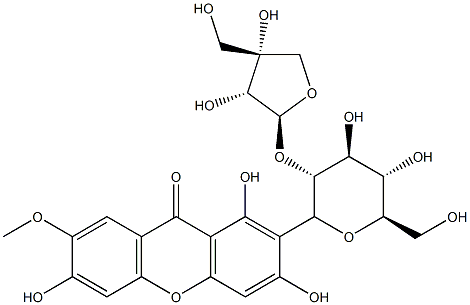
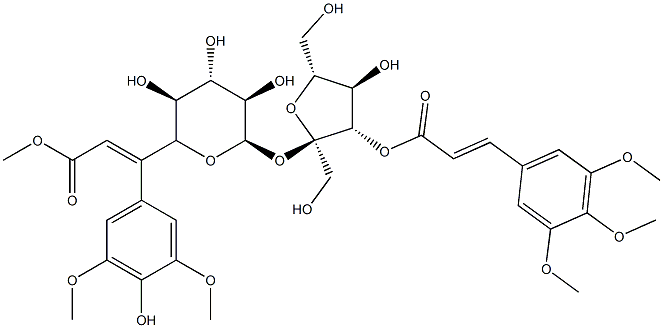
You may like
-
 Senegenin 99% (HPLC) CAS 2469-34-3View Details
Senegenin 99% (HPLC) CAS 2469-34-3View Details
2469-34-3 -
 Senegenin CAS 2469-34-3View Details
Senegenin CAS 2469-34-3View Details
2469-34-3 -
 Ste-Glu-AEEA-AEEA-OSUView Details
Ste-Glu-AEEA-AEEA-OSUView Details
1169630-40-3 -
 1446013-08-6 Fmoc-His-Aib-OH TFA 98%View Details
1446013-08-6 Fmoc-His-Aib-OH TFA 98%View Details
1446013-08-6 -
 127464-43-1 99%View Details
127464-43-1 99%View Details
127464-43-1 -
 Chloro Uracil 99%View Details
Chloro Uracil 99%View Details
1820-81-1 -
 2-ETHYLPYRIDINE 100-71-0 99%View Details
2-ETHYLPYRIDINE 100-71-0 99%View Details
100-71-0 -
 13162-05-5 99%View Details
13162-05-5 99%View Details
13162-05-5